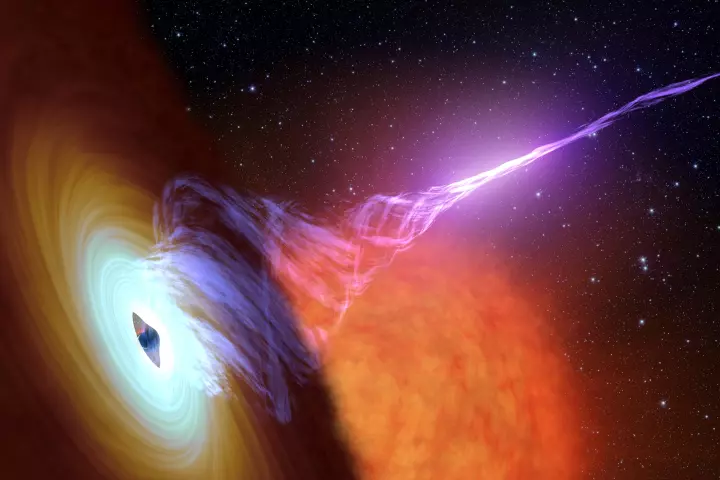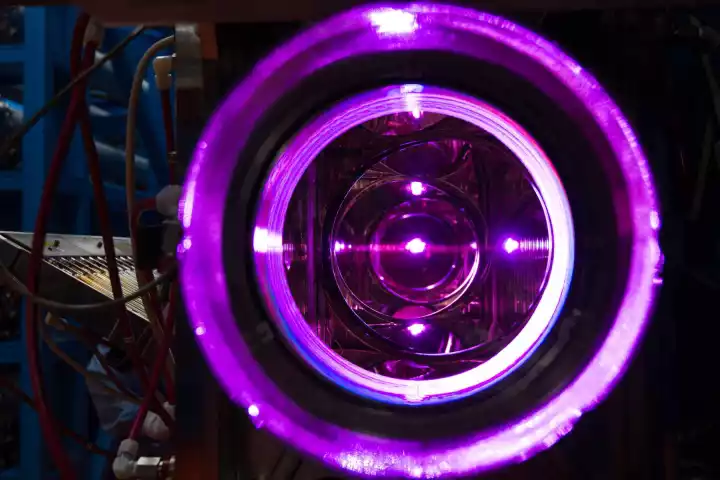University of Rochester
-
Each night, our brains execute a "wash and rinse" routine that clears away harmful protein waste linked to neurodegenerative diseases like Alzheimer's. Now, new research shows that a common prescription sleep aid can disrupt this essential process.
-
A drug used to induce labor in pregnant women has been shown to reactivate tiny waste-clearing pumps in the brains of old mice. The finding could hold promise for fighting Alzheimer's and Parkinson's diseases and overall cognitive decline.
-
Supermassive black holes have been known to belch gigantic beams of plasma into space – and now scientists have managed to recreate these fireballs in a lab at CERN.
-
The Earth’s magnetic field is vital for life – without it, the Sun’s radiation would sterilize the planet. But a new study suggests we wouldn’t be here at all if that magnetic field hadn’t almost completely collapsed half a billion years ago.
-
Blinking keeps our eyes moist – but we actually blink way more often than we need to if that was the only reason. Scientists have now found that the involuntary action plays a bigger role than we thought, helping us process visual information.
-
Look at the development of Earth-bound tech and you'll find fire at the heart of it, says a duo of researchers. And what does fire need to burn? Oxygen, whose chemical signature could provide clues to technological societies on worlds beyond our own.
-
They weigh about an ounce, spend their lives underground and are unlikely to be shortlisted for any cute animal calendars, but the fascinating naked mole-rat continues to offer clues that it holds the key to anti-aging under its pale, wrinkly skin.
-
As the question of how to make a laser fusion reactor practical rises, scientists at the University of Rochester’s Laboratory for Laser Energetics (LLE) have come up with a way for fusion lasers to essentially manufacture their own fuel pellets.
-
A chemo and immunotherapy combo has proven promising in treating patients with advanced Hodgkin Lymphoma, and removes the need for radiation therapy in kids. In a clinical trial, 94% of patients receiving the combo treatment entered remission.
-
Researchers have examined tiny time capsules found in the oldest-known crystals in an attempt to settle a question that divides scientists: when did Earth’s tectonic plates begin to move and was it at the time life began on Earth?
-
Scientists at the University of Rochester claim to have created a material that acts as a superconductor at room temperature and lower pressures than ever before. If confirmed, this “reddmatter,” as they call it, could mark a major breakthrough.
-
Perovskites are one of the most promising new materials for solar cell technology. Now engineers at the University of Rochester have developed a way to more than triple the material’s efficiency by adding a layer of reflective silver underneath it.
Load More











